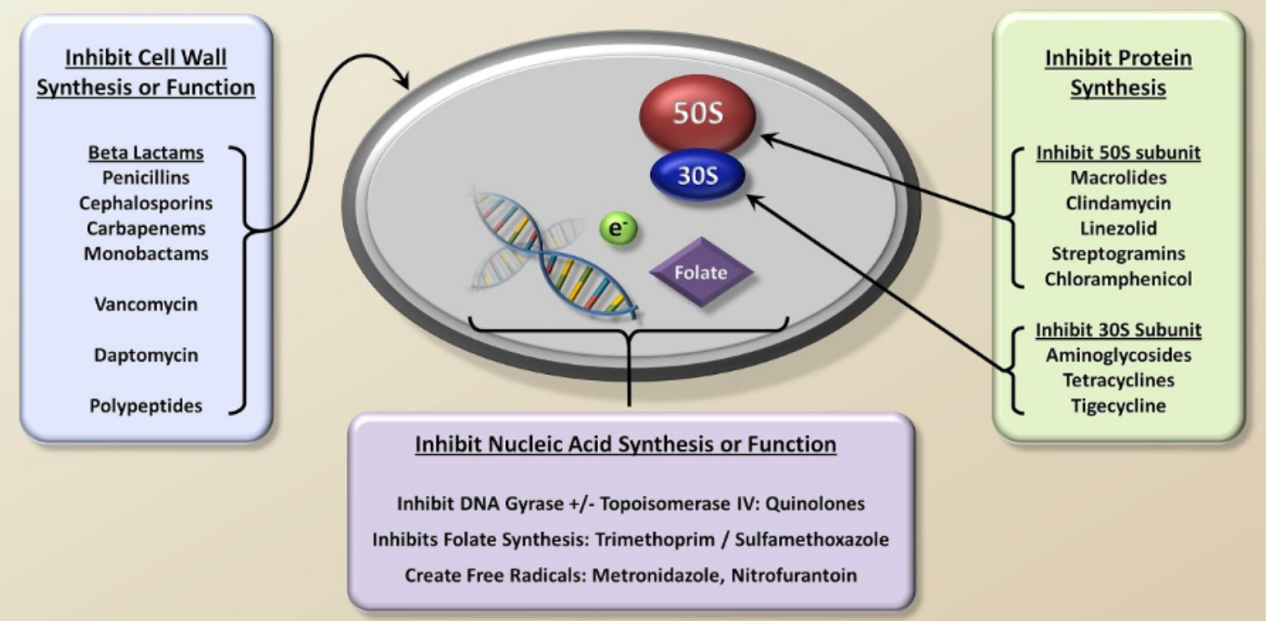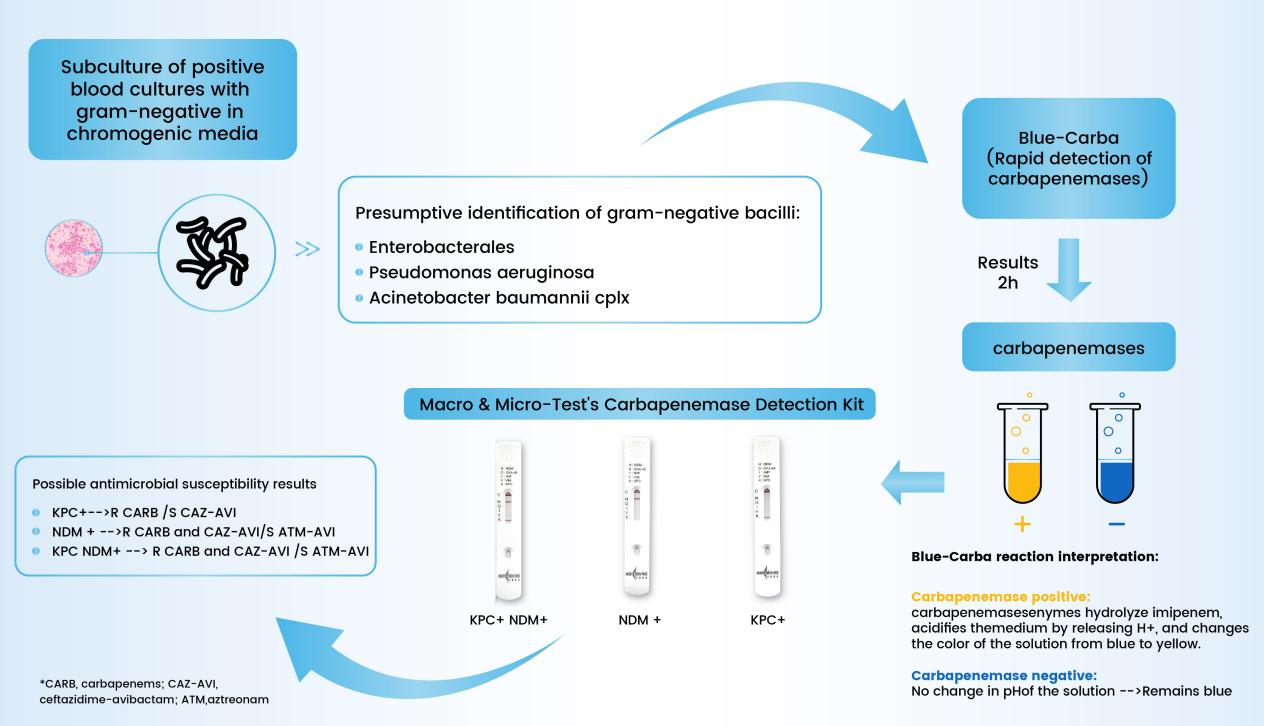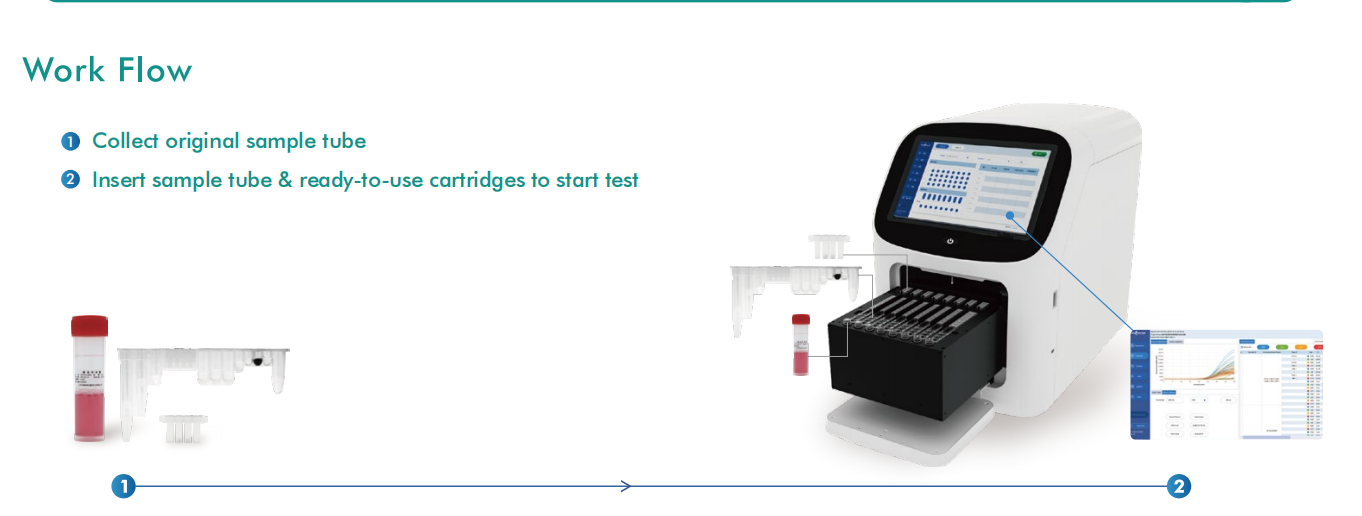Antimicrobial resistance (AMR) has become one of the greatest public health threats of this century, directly causing over 1.27 million deaths each year and contributing to nearly 5 million additional fatalities—this urgent global health crisis demands our immediate action.
This World AMR Awareness Week (November 18-24), global health leaders unite in their call: “Act Now: Protect Our Present, Secure Our Future.” This theme underscores the urgency in addressing AMR, requiring coordinated efforts across human health, animal health, and environmental sectors.
The threat of AMR transcends national borders and healthcare domains. According to the latest Lancet study, without effective interventions against AMR, cumulative global deaths could reach 39 million by 2050, while the annual cost of treating drug-resistant infections is projected to surge from the current $66 billion to $159 billion.
AMR Crisis: The Severe Reality Behind the Numbers
Antimicrobial resistance (AMR) occurs when microorganisms—bacteria, viruses, parasites, and fungi—no longer respond to conventional antimicrobial medicines. This global health crisis has reached alarming proportions:
-Every 5 minutes, 1 person dies from an antibiotic-resistant infection
-By 2050, AMR could reduce global GDP by 3.8%
-96% of countries (186 total) participated in the 2024 global AMR tracking survey, demonstrating widespread recognition of this threat
-In intensive care units in some regions, over 50% of bacterial isolates show resistance to at least one antibiotics
How Antibiotics Fail: Microorganisms’ Defense Mechanisms
Antibiotics work by targeting essential bacterial processes:
-Cell Wall Synthesis: Penicillins disrupt bacterial cell walls, causing bacterial rupture and death
-Protein Production: Tetracyclines and macrolides block bacterial ribosomes, halting protein synthesis
-DNA/RNA Replication: Fluoroquinolones inhibit enzymes required for bacterial DNA replication
-Cell Membrane Integrity: Polymyxins damage bacterial cell membranes, leading to cell death
-Metabolic Pathways: Sulfonamides block essential bacterial processes like folic acid synthesis

However, through natural selection and genetic mutations, bacteria develop multiple mechanisms to resist antibiotics, including producing inactivating enzymes, altering drug targets, reducing drug accumulation, and forming biofilms.
Carbapenemase: The “Super Weapon” in the AMR Crisis
Among various resistance mechanisms, the production of carbapenemases is particularly concerning. These enzymes hydrolyze carbapenem antibiotics—typically considered “last-line” drugs. Carbapenemases act as bacterial “super weapons,” breaking down antibiotics before they enter bacterial cells. Bacteria carrying these enzymes—such as Klebsiella pneumoniae and Acinetobacter baumannii—can survive and multiply even when exposed to the most potent antibiotics.
More alarmingly, genes encoding carbapenemases are located on mobile genetic elements that can transfer between different bacterial species, accelerating the global spread of multidrug-resistant bacteria.
Diagnostics: The First Line of Defense in AMR Control
Accurate, rapid diagnostics are crucial in combating AMR. Timely identification of resistant bacteria can:
-Guide precise treatment, avoiding ineffective antibiotic use
-Implement infection control measures to prevent transmission of resistant bacteria
-Monitor resistance trends to inform public health decisions
Our Solutions: Innovative Tools for Precision AMR Combat
To address the growing AMR challenge, Macro & Micro-Test has developed three innovative carbapenemase detection kits meeting different clinical needs, helping healthcare providers quickly and accurately identify resistant bacteria to ensure timely interventions and improved patient outcomes.
1. Carbapenemase Detection Kit (Colloidal Gold)
Utilizes colloidal gold technology for rapid, reliable carbapenemase detection. Suitable for hospitals, clinics, and even home use, simplifying the diagnostic process with high accuracy.

Core Advantages:
-Comprehensive Detection: Simultaneously identifies five resistance genes—NDM, KPC, OXA-48, IMP, and VIM
-Rapid Results: Provides results within 15 minutes, significantly faster than traditional methods (1-2 days)
-Easy Operation: No complex equipment or specialized training required, suitable for various settings
-High Accuracy: 95% sensitivity with no false positives from common bacteria like Klebsiella pneumoniae or Pseudomonas aeruginosa
2. Carbapenem Resistance Gene Detection Kit (Fluorescence PCR)
Designed for in-depth genetic analysis of carbapenem resistance. Ideal for comprehensive surveillance in clinical laboratories, providing precise detection of multiple carbapenem resistance genes.
Core Advantages:
-Flexible Sampling: Direct detection from pure colonies, sputum, or rectal swabs—no culture needed
-Cost Reduction: Detects six key resistance genes (NDM, KPC, OXA-48, OXA-23) IMP, and VIM in a single test, eliminating redundant testing
-High Sensitivity and Specificity: Detection limit as low as 1000 CFU/mL, no cross-reactivity with other resistance genes like CTX, mecA, SME, SHV, and TEM
-Broad Compatibility: Compatible with Sample-to-Answer AIO 800 fully automated molecular POCT and mainstream PCR instruments

3. Klebsiella pneumoniae, Acinetobacter baumannii, Pseudomonas aeruginosa and Resistance Genes Multiplex Detection Kit (Fluorescence PCR)
This kit integrates bacterial identification and associated resistance mechanisms into a single streamlined process for efficient diagnosis.
Core Advantages:
-Comprehensive Detection: Simultaneously identifies three key bacterial pathogens—Klebsiella pneumoniae, Acinetobacter baumannii, and Pseudomonas aeruginosa—and detects four critical carbapenemase genes (KPC, NDM, OXA48, and IMP) in one test
-High Sensitivity: Capable of detecting bacterial DNA at concentrations as low as 1000 CFU/mL
-Supports Clinical Decision: Facilitates selection of effective antimicrobial treatments through early identification of resistant strains
-Broad Compatibility: Compatible with Sample-to-Answer AIO 800 fully automated molecular POCT and mainstream PCR instruments
These detection kits provide healthcare professionals with tools to address AMR at different levels—from rapid point-of-care testing to detailed genetic analysis—ensuring timely intervention and reducing the spread of resistant bacteria.
Combating AMR with Precision Diagnostics
At Macro & Micro-Test, we provide cutting-edge diagnostic kits that empower healthcare providers with rapid, reliable insights, enabling timely treatment adjustments and effective infection control.
As emphasized during World AMR Awareness Week, our choices today will determine our ability to protect current and future generations from the threat of antimicrobial resistance.
Join the fight against antimicrobial resistance—every life saved matters.
For more information, please contact: marketing@mmtest.com
Post time: Nov-19-2025
